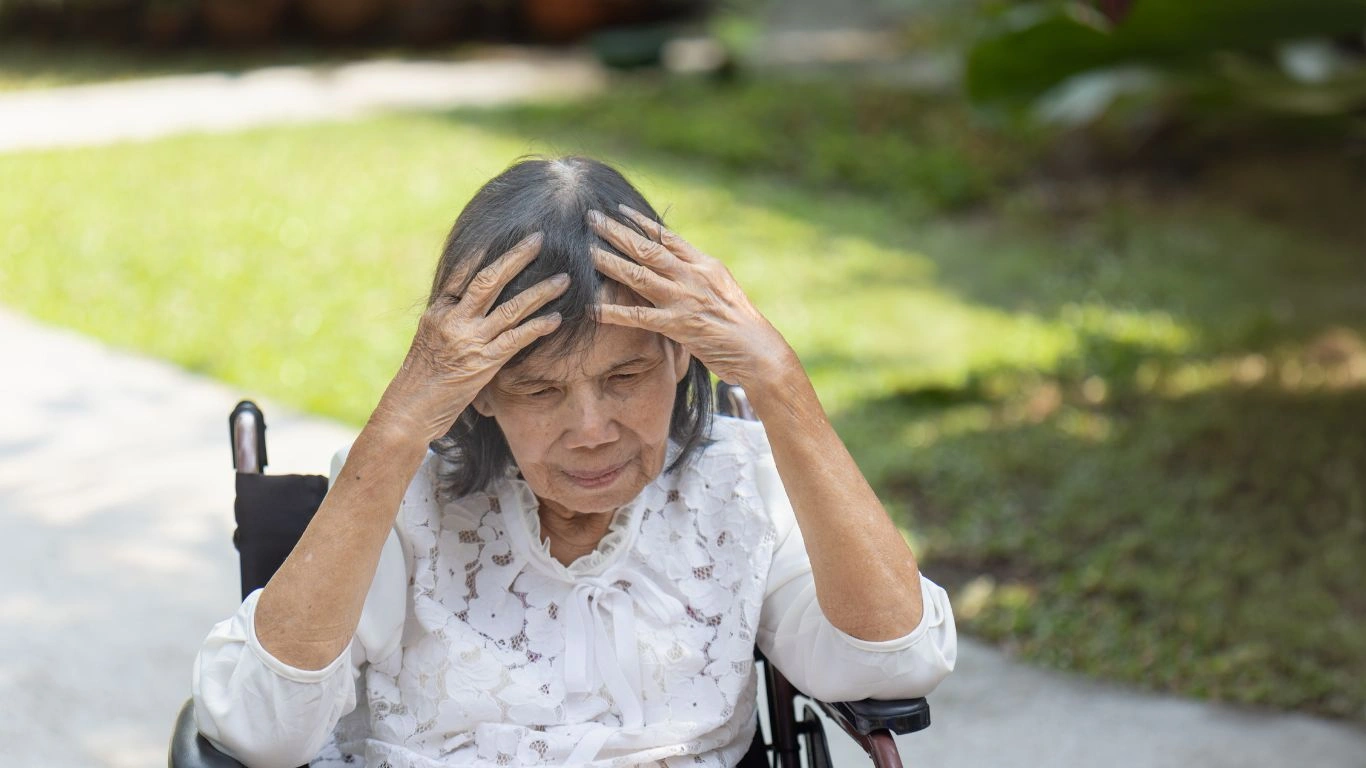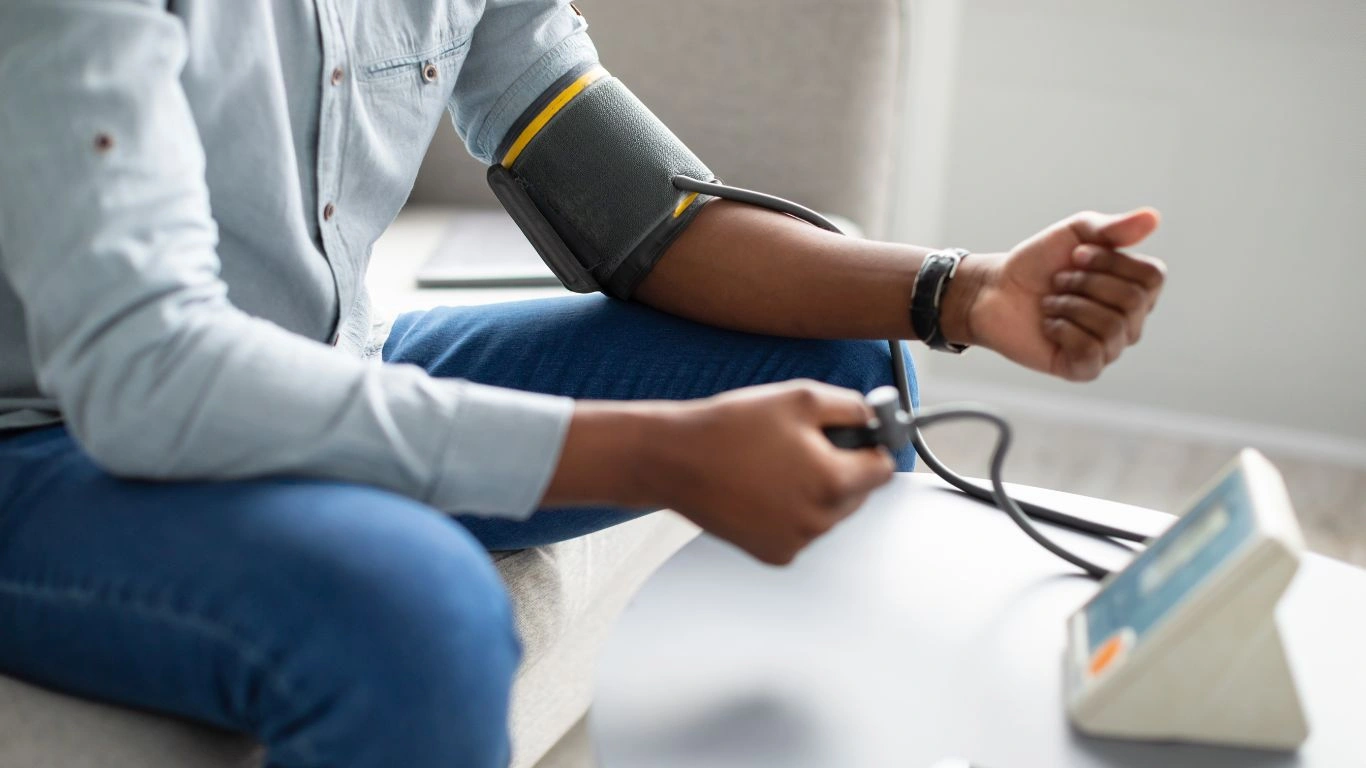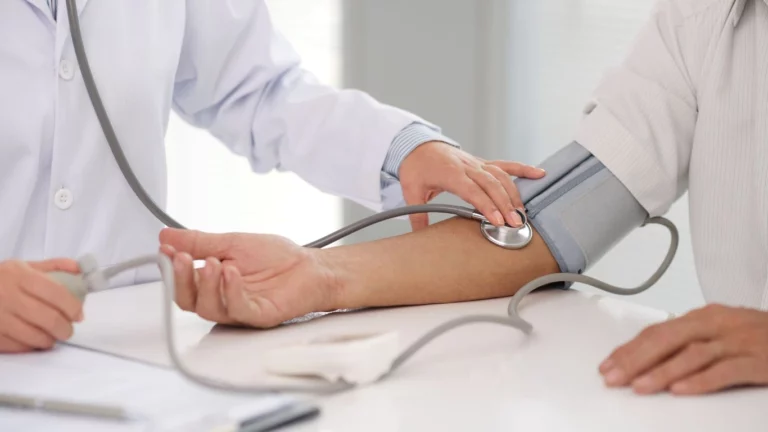Lower Diastolic Blood Pressure Fast: Proven Natural Ways That Work
Struggling with high blood pressure? You’re not alone. One of the biggest concerns I see in my practice is people trying to figure out how to reduce diastolic blood pressure naturally without immediately jumping to medications. And I get it—no one wants to rely on pills if they don’t have to. The good news? There are plenty of natural strategies that can help, and many of them are simple lifestyle tweaks that make a world of difference. Let’s dive into what actually works.
Understanding Diastolic Blood Pressure

First things first—what exactly is diastolic blood pressure? When you get your BP readings, you see two numbers. The top number (systolic) measures the pressure when your heart beats, while the bottom number (diastolic) represents the pressure when your heart rests between beats. If your diastolic pressure is consistently high, it means your arteries are under constant strain—even when your heart isn’t actively pumping.
Why Diastolic Hypertension Matters
Most people focus on the top number, but high diastolic pressure is just as dangerous. It can increase your risk of heart disease, stroke, kidney issues, and even cognitive decline. When I counsel patients on hypertension, I always emphasize that keeping this number in check is just as important as controlling the systolic pressure.
Diet Changes to Lower Diastolic Pressure

Reduce Sodium but Keep It Balanced
You’ve probably heard that cutting salt can help lower blood pressure, and it’s true—but it’s not the whole story. The key is balance. If you reduce sodium, you also need to make sure you’re getting enough potassium, magnesium, and calcium, which help counteract its effects.
- Limit processed foods: These are packed with hidden sodium.
- Eat more potassium-rich foods: Bananas, spinach, avocados, and sweet potatoes help balance sodium levels.
- Hydrate properly: Water helps flush excess sodium out of your system.
Incorporate More Heart-Healthy Foods
Some foods are natural blood pressure regulators. When I personally made changes to my diet, I noticed my own blood pressure readings improved. Here are some of the best options:
- Leafy greens: Full of nitrates that help relax blood vessels.
- Beets: Contain compounds that naturally lower BP.
- Fatty fish: Omega-3s in salmon and mackerel support heart health.
- Dark chocolate: In moderation, it helps improve circulation.
Lifestyle Changes That Make a Difference

Get Moving—But Find What Works for You
Exercise is one of the best ways to lower diastolic blood pressure, but let’s be real—not everyone loves hitting the gym. The trick is finding something you actually enjoy.
- Walking: A 30-minute brisk walk can do wonders.
- Strength training: Helps build lean muscle, which supports heart health.
- Yoga & meditation: Reduces stress, which directly impacts BP.
- Dancing: A fun, heart-pumping workout without the dread of “exercise.”
Prioritize Sleep and Stress Management
Poor sleep and chronic stress are silent contributors to high blood pressure. I’ve had patients tell me they “tried everything” to lower their BP, but once they improved their sleep, their numbers started dropping. Stress management is just as crucial.
- Stick to a sleep routine: Aim for 7-9 hours of quality sleep.
- Practice deep breathing: Lowers BP within minutes.
- Take breaks: Overworking yourself only increases stress hormones.
How to Reduce Diastolic Blood Pressure Naturally with Mind-Body Techniques

By now, we’ve covered diet and exercise, but let’s not ignore the impact of the mind on blood pressure. I’ve seen patients make significant improvements in their diastolic numbers simply by managing stress and prioritizing relaxation. It might sound too good to be true, but trust me—your mental state plays a huge role in how your body regulates blood pressure.
Breathing Exercises: A Quick and Powerful BP Hack
One of the simplest (yet most effective) tools is deep breathing. I often tell my patients to try this when they feel stressed, and the results can be incredible. A few minutes of focused breathing can drop blood pressure by several points!
- Box Breathing: Inhale for 4 seconds, hold for 4, exhale for 4, hold for 4. Repeat.
- 4-7-8 Breathing: Inhale for 4 seconds, hold for 7, exhale for 8. This is my personal favorite.
- Diaphragmatic Breathing: Breathe deep into your belly, not just your chest.
Yoga and Meditation: More Than Just a Trend
Yoga and meditation aren’t just for relaxation—they actively lower blood pressure by reducing cortisol (the stress hormone). Research backs this up, and I’ve personally seen patients benefit from just 10-15 minutes a day. The best part? You don’t need to be flexible or an expert. Start with simple poses and guided meditations.
- Restorative yoga: Focuses on deep relaxation and slow movements.
- Guided meditation: Apps like Headspace or Calm make it easy.
- Progressive muscle relaxation: Tighten and release muscle groups for stress relief.
Herbal Remedies and Natural Supplements

Sometimes, nature provides exactly what we need. While I always recommend focusing on lifestyle changes first, there are a few natural supplements that can give an extra boost when trying to lower diastolic blood pressure.
Magnesium: The Blood Pressure Regulator
Magnesium is one of the most underrated minerals when it comes to heart health. It helps relax blood vessels, making it easier for blood to flow. Some good food sources include:
- Dark leafy greens like spinach and kale
- Almonds, cashews, and pumpkin seeds
- Avocados and bananas
If you struggle to get enough from food, a magnesium supplement (such as magnesium glycinate) may help. Always check with your doctor before starting any supplement, though.
Hibiscus Tea: Nature’s Blood Pressure Drink
Hibiscus tea isn’t just a pretty, bright red drink—it’s packed with antioxidants and has been shown to lower blood pressure naturally. I sometimes recommend my patients replace their afternoon coffee with hibiscus tea for a natural BP-lowering effect.
CoQ10 and Omega-3s: Heart-Healthy Powerhouses
Two other great supplements are Coenzyme Q10 (CoQ10) and Omega-3 fatty acids. CoQ10 supports heart function, while omega-3s help keep arteries flexible. You can get omega-3s from fatty fish or supplements if you’re not a seafood fan.
Daily Habits That Keep Diastolic BP in Check
Lowering diastolic blood pressure isn’t just about what you do occasionally—it’s about the daily habits you build. The little things add up over time, and consistency is key.
Monitor Your Blood Pressure at Home
One thing I always tell my patients: don’t rely solely on doctor visits to check your BP. Get yourself a good home blood pressure monitor and track your numbers regularly. This helps you see trends and understand what’s working.
Stay Hydrated—But Smartly
Dehydration can increase blood pressure, so drink plenty of water. However, balance is important. If you’re drinking tons of fluids but not getting enough electrolytes (like potassium and magnesium), you could be missing out on key benefits.
Avoid Overconsumption of Stimulants
Love coffee? Me too—but too much caffeine can temporarily spike blood pressure. If you’re sensitive to caffeine, consider cutting back or switching to half-caf options. The same goes for alcohol—moderation is key.
Laugh More, Stress Less
Sounds simple, but laughter really does lower blood pressure! Watch a funny show, spend time with loved ones, or find humor in everyday situations. It’s a natural way to reduce stress and keep your heart healthy.
Case Studies & Real-Life Examples

It’s one thing to talk about lowering diastolic blood pressure naturally, but real-life success stories prove it’s possible. Over the years, I’ve seen many patients take control of their health without relying solely on medication. Let me share a couple of inspiring cases.
Mark, 52 – The Power of Small, Consistent Changes
When Mark came to me, his diastolic blood pressure hovered around 90-95 mmHg. He was stressed, working long hours, and relying on fast food. Instead of drastic changes, we focused on small, manageable steps:
- Swapping processed snacks for nuts and fruits
- Walking for 20 minutes after dinner
- Practicing deep breathing for 5 minutes in the morning
After three months, his diastolic BP dropped to 82 mmHg! His biggest takeaway? Consistency matters more than perfection.
Lisa, 45 – Yoga and Herbal Remedies
Lisa’s blood pressure issues were linked to anxiety. We added gentle yoga, hibiscus tea, and magnesium-rich foods into her routine. Within weeks, she felt more relaxed, and her diastolic BP dropped by nearly 10 points. She told me, “I never knew how much stress was affecting my health until I made these changes.”
Key Takeaways: What You Need to Remember
Lowering diastolic blood pressure naturally isn’t about quick fixes—it’s about sustainable lifestyle changes. If you remember nothing else, keep these key points in mind:
- Diet matters: Focus on whole foods rich in potassium, magnesium, and omega-3s.
- Movement is key: Exercise doesn’t have to be intense—just be consistent.
- Manage stress: Breathing exercises, yoga, and meditation are powerful tools.
- Monitor your progress: Keep an eye on your blood pressure at home.
- Small changes add up: Don’t try to overhaul everything at once. Start where you can.
FAQs
How long does it take to lower diastolic blood pressure naturally?
It varies. Some people see changes in a few weeks, while others need a few months. Consistency is the key to lasting results.
Can I reduce my diastolic BP without medication?
Yes! Many people successfully manage their blood pressure naturally. However, if your levels are very high, consult your doctor before making changes.
What’s the best natural remedy for high diastolic blood pressure?
No single remedy works for everyone, but a combination of dietary changes, exercise, stress management, and herbal supplements like hibiscus tea and magnesium can be highly effective.
Bonus: Additional Resources or DIY Tips
Looking for more ways to improve your heart health? Here are some extra resources:
- DIY Home Remedies: Try making your own hibiscus tea by steeping dried hibiscus flowers.
- Free Meditation Apps: Headspace and Insight Timer offer great guided meditations.
- Workout Videos: YouTube has excellent beginner-friendly yoga and walking routines.
Appendix: Table, References, Disclaimer, and Call to Action
Blood Pressure Categories
| Category | Systolic (mmHg) | Diastolic (mmHg) |
|---|---|---|
| Normal | Less than 120 | Less than 80 |
| Elevated | 120-129 | Less than 80 |
| High BP (Hypertension Stage 1) | 130-139 | 80-89 |
| High BP (Hypertension Stage 2) | 140 or higher | 90 or higher |
References
For further reading, check out these trusted sources:
Disclaimer
This article is for informational purposes only and should not replace professional medical advice. Always consult your doctor before making lifestyle changes.
Call to Action
Lowering your diastolic blood pressure naturally is possible! Start small, stay consistent, and track your progress. Have any personal experiences or tips? Share them in the comments below!

Dr. Gwenna Aazee is a board-certified Internal Medicine Physician with a special focus on hypertension management, chronic disease prevention, and patient education. With years of experience in both clinical practice and medical writing, she’s passionate about turning evidence-based medicine into accessible, actionable advice. Through her work at Healthusias.com, Dr. Aazee empowers readers to take charge of their health with confidence and clarity. Off the clock, she enjoys deep dives into nutrition research, long walks with her rescue pup, and simplifying medical jargon one article at a time.






